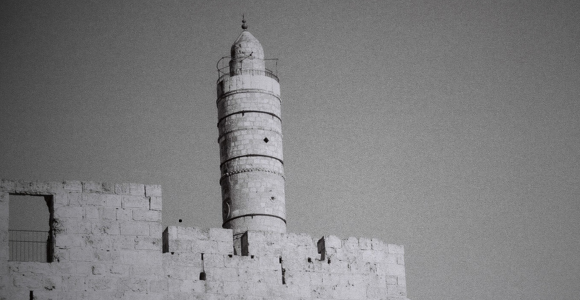
The Tower of Siloam
The second case in this passage is about Judea, specifically Jerusalem and the tower of Siloam. This example is much more cryptic. We have no historical accounts about the falling of this tower, but do know that it was connected to aqueducts that fed the pool of Siloam (John 9:7). We also know that there were many Roman soldiers stationed in Jerusalem at that time. Were the people the tower fell on using the aqueducts to stage a rebellion? We know that some insurrectionists tried to use the aqueducts that way during the siege of Jerusalem in 70 C.E. Or was the tower a storage place for military weapons? Was this case another insurrection gone horribly wrong with the tower collapsing on top of them? Honestly, we do not know, we may never know, and I’m always reluctant to make arguments from silence. What we do know is that Luke’s Jesus connects the falling of this tower to the insurrection named in Galilee for some reason. The tower in Siloam was connected thematically somehow.
Part 2 of Social Repentance Not Private Piety
Welcome Readers! Please subscribe to Social Jesus Here.
(Read this series from its beginning here.)
In the wake of every insurrectionist attempt, Rome’s propaganda machine was quick to defend the Pax Romana. It always presented a narrative where those slaughtered were enemies of the republic. Their death was necessary and a brutal warning to anyone considering the same.
Poor People’s Revolt
This may be why Jesus asks whether the people who died were really worse “sinners?” No, he explains. They were just like everyone else. They simply had had enough and were attempting to liberate themselves from oppression. They were just as innocent as others Rome had massacred. But then Jesus turns the focus back on those raising the examples.
Rome’s violence was indiscriminate. Rome could and would to do the same to others, to them, unless they made a social course correction. Remember, Luke was written after the events of 70 C.E. It was an effort to explain how things could have escalated to such deep levels of devastation for the inhabitants of Jerusalem. Luke is working backward in this passage. Rome razed the Temple to the ground in 70 C.E. in response to the Jewish-Roman War (66-69 C.E.). The Jewish-Roman war had evolved out of the success of the Poor People’s Revolt in Jerusalem in the late 60s, and the Poor People’s Revolt was a response to the systemic economic exploitation that Jesus called the elites of his day to repent of.
The point of all of this is that simply that systems of injustice are never sustainable for the long term. At some point, there is whiplash and too often that whiplash is violent and innocent people suffer as a result.
How might this apply to us today? We’ll consider that in Part 3.
Are you receiving all of RHM’s free resources each week?
Begin each day being inspired toward love, compassion, justice and action. Free.
Sign up at HERE.















